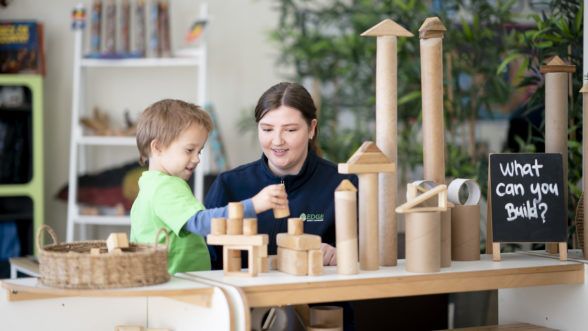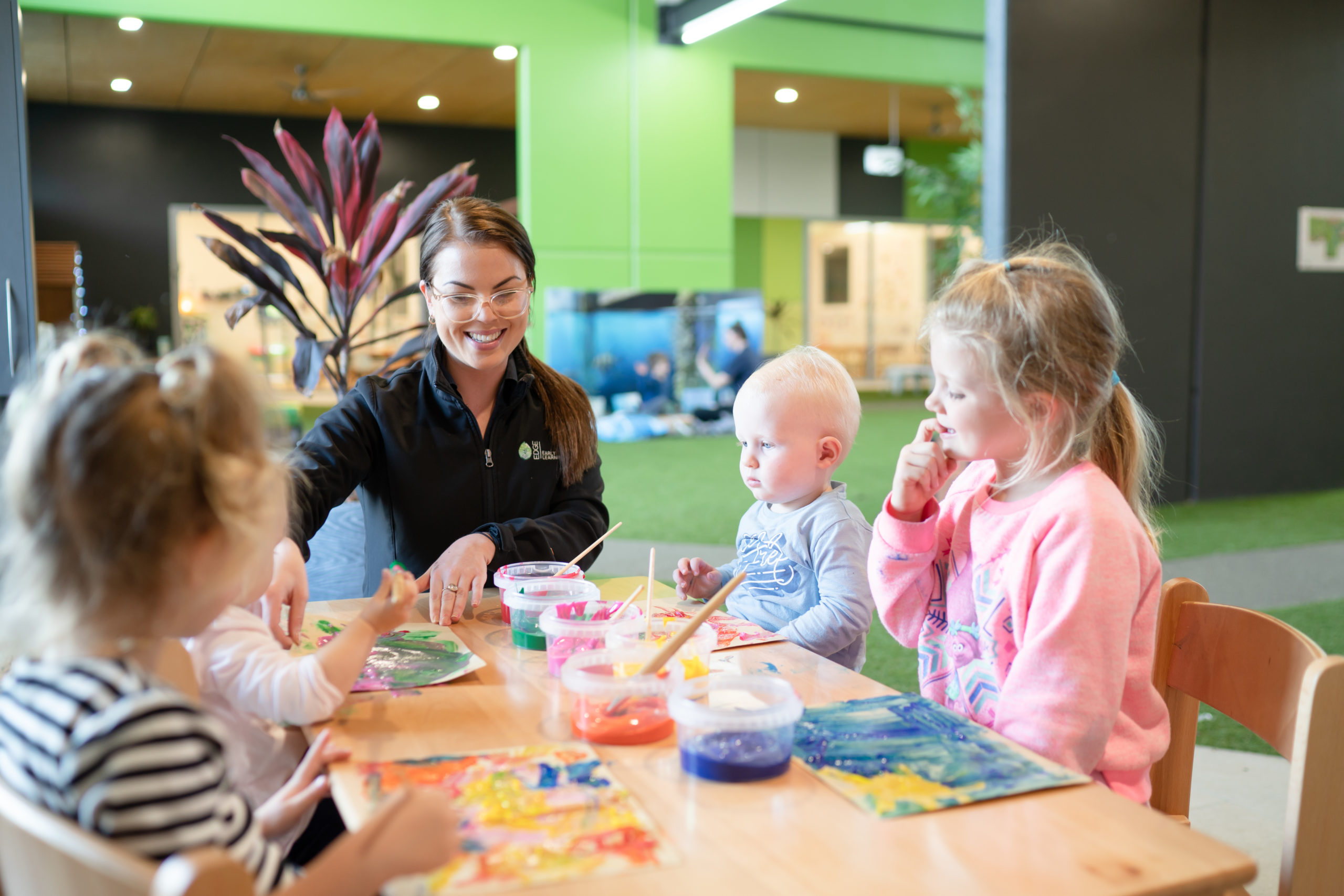
Uncategorised
Uncategorised
10 August, 2026

There’s learning, and then there’s active learning. Active learning is when a student doesn’t just take in information but participates or interacts with the learning process. Research indicates that active participation in education helps students learn more, as it encourages the brain to tap into the cognitive and sensory networks that help process and store new information.
There are many different types of early learning activities that can encourage children to engage and interact with education. Some examples of active learning include involving discussions, practice, reviews, problem-solving, and group work. In the Early Learning industry, the term active living can also be interchangeable with ‘creative learning’ and ‘play based learning’.
So, what is play-based learning or active learning in early childhood? It can look like:
Edge has become an example of what cognitive learning should look like in early childhood programs. Some of the key active learning strategies and approaches we pursue in our programs include:
Among the many benefits of active learning, your child will experience improved self-esteem, gross and fine motor skills, memory recall, problem solving, communication, teamwork, social behaviours, engagement in and out of the classroom, concentration, and confidence – just to name a few!
Why is active learning effective?
The power of active learning lies in the key principles that define it. These principles include:
How is active learning different from other approaches?
Active learning is seen as the opposite to passive learning, an approach where the learning is generated from the teacher and absorbed by the learner. In the simplest terms, active learning asks students to think, discuss, challenge, and analyse information, while passive learning requires the absorption, assimilation, consideration, and transfer of information. This isn’t to say that one is necessarily better than the other – a university lecture is a good example of where passive learning is more effective than active learning – but rather, that active learning is typically better suited to an early childhood context.
Want to know more?
Edge Early Learning provides children with a holistic learning experience and inquiry-based approach to trigger curiosity and build key developmental skills. If you would like to find out more, contact one of our friendly team members or book a tour of your local Edge Early Learning Centre today!